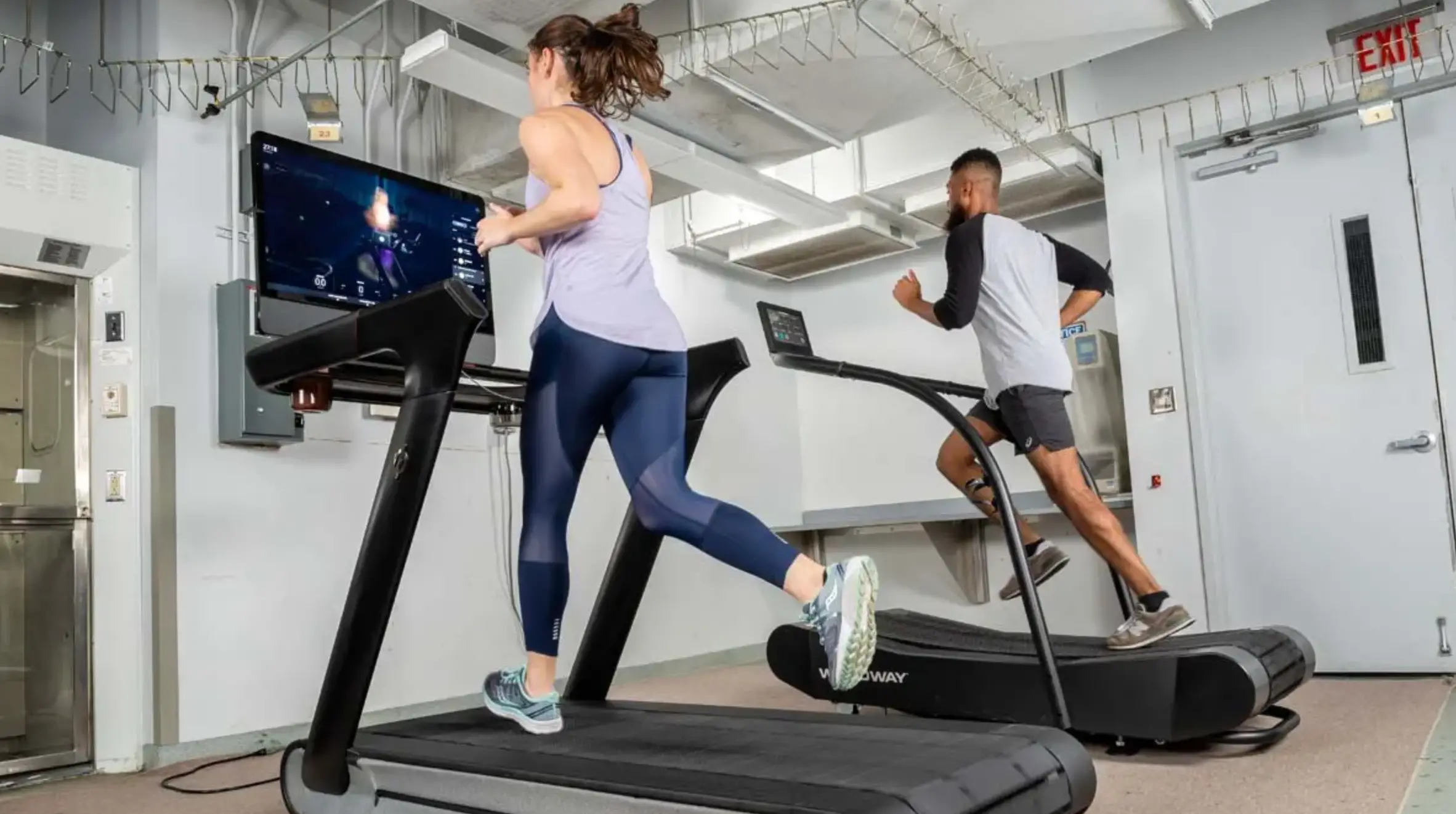How Many Push-Ups Should I Do A Day?
If you have a set of arms, you have all the tools you need to fit in a killer upper body and core workout. While push-ups are great, it’s a little hard to determine how many you need to do in a single day to see results.
Finding a number to shoot for each day can be a little tricky, but there are a few ways to gauge a good number to shoot for, as well as variations that will build and tone muscle without the need for a single dumbbell.
How many push-ups do you need to do in a single day to see results?
So, what’s the magic number? Is it 50 or 500?
Everyone is different, and this number varies depending on your body composition and strength level. There is no magic number that is perfect for everyone to see results, and it varies from person to person. The trick to a dedicated push-up routine is finding your perfect number.
Test yourself on how many solid push-ups you can do before your arms buckle beneath you when you are first getting started. For beginners, that number may be as low as 5. For stronger individuals, that number may be as high as 50.
When engaging in this classic exercise, the goal is to wring those muscles dry. Set realistic goals, always engage in proper form, and be sure to constantly bump that number up as the exercise starts to get easy.
I suggest setting a modest goal of 20 push-ups per day. When you can knock out a set of 20 without even flinching, move that number up to 50, or try out some of the modified push-ups listed below.
The goal here is always to be challenging yourself. You should never end the day thinking ‘that was easy’!
Push-ups for beginners
Pulling off one singular push-up can feel like a great success if you are just getting started, but one push-up isn’t enough to see any big muscle gains. If you struggle with just one push-up, there is no shame in opting for a modified push-up!
By simply dropping down to your knees, you can engage all of the same muscle groups in your upper body as a standard push-up, but you won’t activate your core in the same way.
To work up to standard push-ups, I recommend starting on your knees for reps of 10 and then alternating with core exercises such as planks. A good beginner push-up routine should look something like this:
- 10 reps of assisted incline push-ups
- 60-second plank
- 10 reps of assisted
- 60-second plank
- 10 reps of assisted
- 60-second plank
- Rest
Keep this routine up for a few weeks, and you will notice that your upper body and core will increase with strength.
Every time you set aside time for push-ups, be sure to test a standard push-up to gauge when it’s time to finally graduate from assisted push-ups to standard push-ups.
Intermediate Push-Ups
If you can easily knock out sets of 10 push-ups, it may be time to amp up the challenge. The great thing about this very simple exercise is that there are a ton of ways to slightly modify the movement to dial up the challenge to an 11. I recommend building a pure push-up routine with these modified exercises for a more intense challenge.
Slow-motion push-ups: Speed plays a big role in amping up the challenge. When you are lowering yourself to the ground, count up to 5. When you are pushing yourself up, count to 5 again.
Pause Reps: Pausing at the bottom of the push-up is also a great challenge. It’s like a cross between a push-up and a plank. By pausing for at least 3 seconds at the bottom of the movement, you can engage more muscles not only in your upper body but your core as well.
Decline Push-ups: While incline (or assisted) push-ups make the movement easier, decline push-ups make it much harder. Pop your feet up on a step or a chair, and engage in the standard motion. This variation targets your upper pecs and shoulders in a way that the standard motion cannot touch.
Staggered Hands: By simply placing one hand slightly in front and one slightly behind, this movement is pretty hard to pull off. It requires intense focus in your core to keep yourself upright and is the perfect variation if you find that your core fails before your upper body fails.
Building The Perfect Push Up Routine
I suggest starting a routine that samples from all variations to keep your muscles actively engaged. Knocking out a few hundred standard push-ups throughout the day may cause your progress to stall.
By including various modifications such as pause reps, declines, or simply changing the width and location of your hands can make a big difference.
The key to an effective push-up routine is to always push yourself to the point of failure. If you still have a few reps left in the tank at the end of the day – you didn’t push it to the limit.
Know When To Take A Break
Doing push-ups every single day may seem like a great idea, but you need to allow your body time to heal. When your muscles become sore (and they will!), it’s a result it tiny micro-tears in your muscle fibers. Muscle builds back strong when they have time to heal properly, so it’s best to give your muscles a bit of a break when experiencing extreme soreness.
On rest days, stick to activities that don’t engage your upper body. Go for a hike, hit up the treadmill, or stick to lower-body weight machines until your muscles have recovered. A good recovery drink and proper nutrition also help to speed up recovery!
Disadvantages of Push-Ups
There is a reason that this classic exercise has stood the test of time. While there are tons of advantages of adding a push-up routine into the mix, you can do some real damage if you aren’t engaging in proper form.
Improper form often occurs when you have pushed your body past its limit. When your muscles fail, it dumps all of that weight on your lower back or shoulders.
To avoid injury, know when to fail out. Hitting a personal daily goal may seem within your reach, but if your form starts to crumble, it’s super important to know when to stop!











